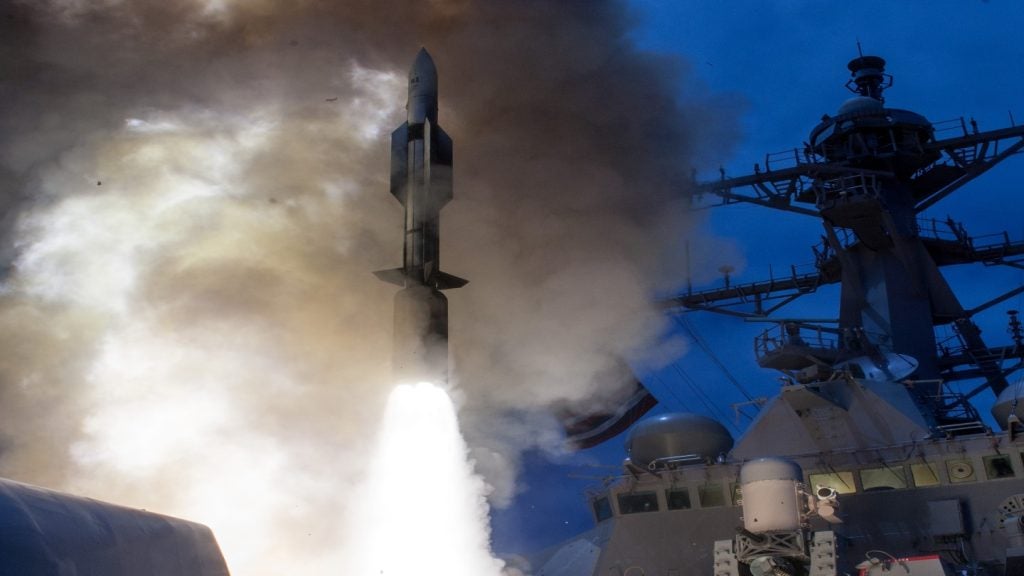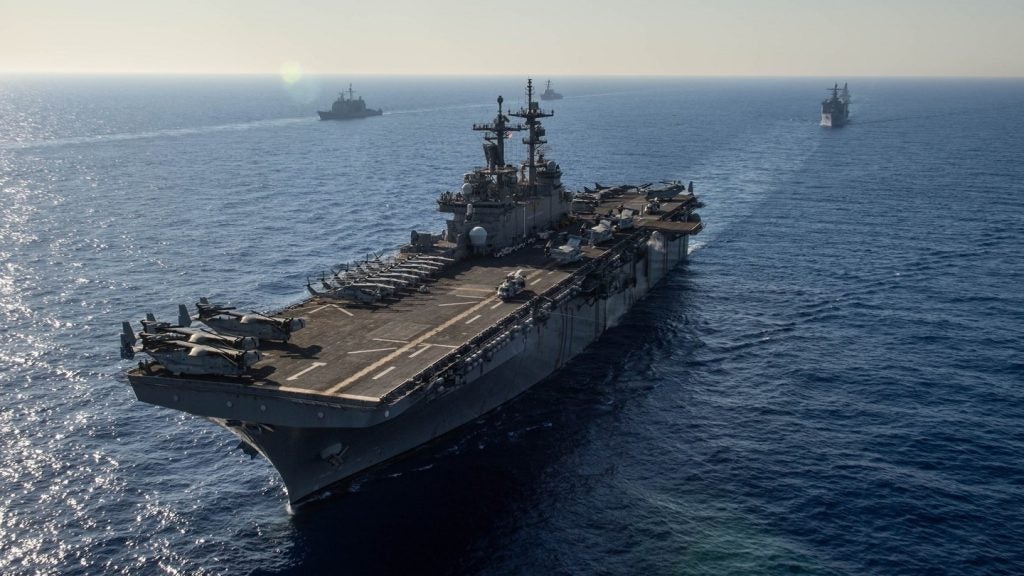
The US Navy and Raytheon have successfully completed the final free flight in the integrated testing phase for the Joint Standoff Weapon (JSOW) C-1.
The test witnessed the JSOW C-1 demonstrate its effectiveness against moving maritime targets, which is an essential capability against current and future surface warfare threats.
US Navy precision strike weapons (PMA-201) programme manager captain Jaime Engdahl said: "As we pivot to the Pacific, our capability to employ networked precision strike across our kill chains and engage in offensive anti-surface warfare is key to maintaining our strategic dominance in that theatre.
"I am proud of our navy and Raytheon team’s commitment to providing these advanced capabilities to the warfighter."
The weapon’s operational test is expected to start this spring, with delivery to the fleet scheduled in 2016.
JSOW C-1 is developed to offer fleet forces robust and flexible battlefield effects against high value targets at launch ranges of up to 70nm from both fourth and fifth generation fighters.
How well do you really know your competitors?
Access the most comprehensive Company Profiles on the market, powered by GlobalData. Save hours of research. Gain competitive edge.

Thank you!
Your download email will arrive shortly
Not ready to buy yet? Download a free sample
We are confident about the unique quality of our Company Profiles. However, we want you to make the most beneficial decision for your business, so we offer a free sample that you can download by submitting the below form
By GlobalDataRaytheon JSOW programme director Celeste Mohr said: "JSOW C-1 will be the US Navy’s first air-launched, net enabled weapon to provide warfighters with the vital capability to engage both stationary land-based and manoeuvring sea-based targets.
"The affordable JSOW is critical to countering today’s advanced, emerging threats."
In January, the US navy successfully completed the integrated test and evaluation of its JSOW C-1 at the Point Mugu sea range, California, US.
Image: An F-16C Fighting Falcon releases an AGM-154 Joint Standoff Weapon over the Utah Test and Training Range. Photo: courtesy of MSgt Michael Ammons, US Air Force.







